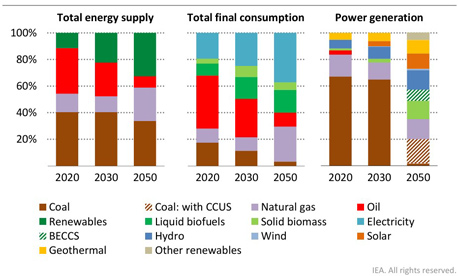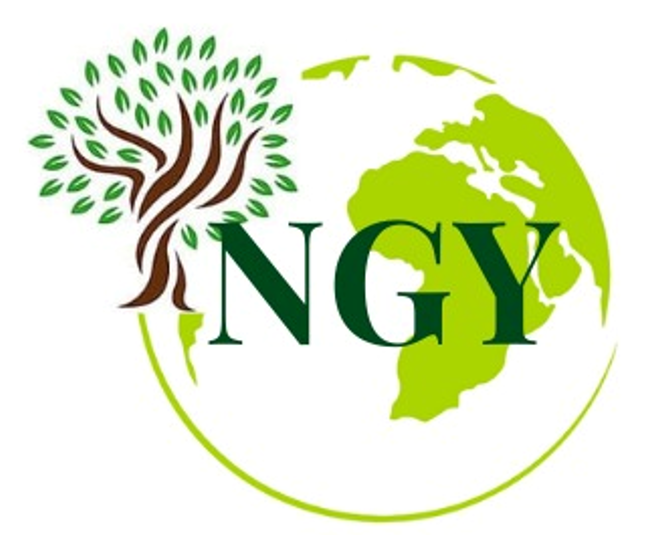Indonesia's government recently announced its commitment to achieving net-zero emissions by 2060. This ambitious target was declared during the COP26 climate conference in Glasgow. As part of this goal, Indonesia plans to reduce its greenhouse gas emissions to net zero by 2060, with a mid-term target of cutting emissions by 42% by 2030.
To achieve this, Indonesia's government is implementing various measures, including transitioning to renewable energy sources, improving energy efficiency, promoting sustainable land use practices, and enhancing forest and ecosystem preservation. Additionally, the government aims to enhance climate resilience and implement green financing mechanisms to support the transition to a low-carbon economy.
Indonesia's embrace of the net-zero ambition reflects its commitment to combating climate change and aligning with global efforts to limit global warming to 1.5 degrees Celsius above pre-industrial levels. The success of Indonesia's net-zero ambition will depend on the effective implementation of policies, collaboration with various stakeholders, and investment in sustainable development practices across key sectors of the economy.
Source: www.iea.org/reports
Net zero emission target of Indonesia Government
Total Energy Supply – Total Final Consumption – Power Generation

The reduction in coal mining acreage and increasing in clean gas production will help reduce overall Greenhouse Gas (GHG) emissions into atmosphere. Coal Bed Methane (CBM) plays a vital role in transitioning the country energy while providing job opportunities and energy security for the local communities and industries.

Coal bed methane (CBM) can play an important role in Indonesia government's Net Zero ambition by providing a cleaner alternative to traditional coal mining and energy production. Here are some ways in which CBM can contribute to Indonesia's Net Zero goals :
Incorporating CBM into Indonesia's energy strategy can be a key component of the country's Net Zero ambition, providing a cleaner and more sustainable energy source that complements efforts to reduce emissions and transition to a low-carbon economy.
